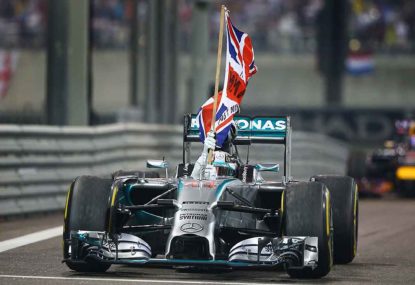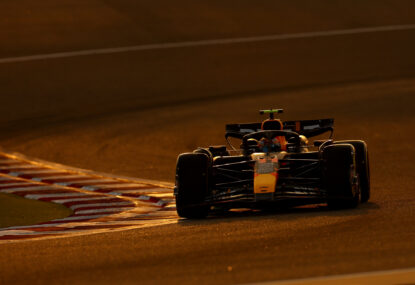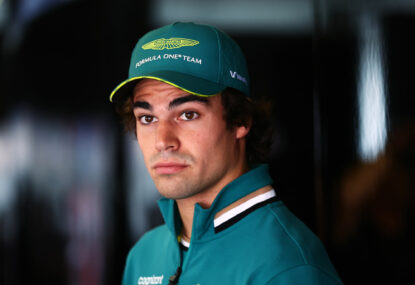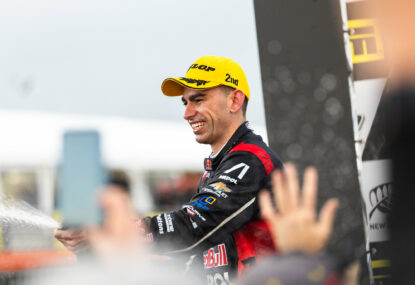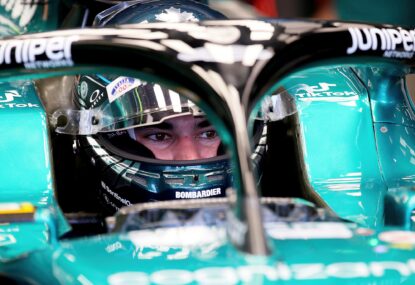First and foremost, congratulations to Lewis Hamilton. Though his season was not without fault, the highs were dizzying and testament to a talent that left few wondering if, rather than when, he would claim this second title.
Abu Dhabi was, in many respects, a fitting end to Formula One’s year. The Yas Marina Circuit always presents a stunning backdrop for motor racing, and Formula One’s annual visit marks a meeting of two business philosophies founded on the almighty dollar (or dirham).
But the similarities between the Abu Dhabi circuit and Formula One run deeper this year. Much like the Tilke-dreamt track itself, infamous for producing uninspiring racing, Formula One in 2014 has been all style and no substance.
This is no jab at this year’s racing. The action on track this year has for the most part been excellent, despite Mercedes’ incredible dominance. In 2014 we saw the arrival of Nico Rosberg as a genuine championship contender, the proving of Daniel Ricciardo as a legitimate force, and the confirmation that Lewis Hamilton has found his place in the Formula One world as a mature, established driver.
I turn your attention instead towards the sport’s off-track antics and see that, despite its regulatory evolution this season, Formula One’s philosophy remains stubbornly unchanged.
Even before considering the unsavoury arguments over costs it is sufficient to take note of the near total lack of engagement between any official Formula One body and the public on what, exactly, the new rules have been and why they exist at all.
The result is a product in deep existential crisis, with different factions within the support pulling away from each other in an act that is more likely to pull it to pieces rather than find any genuine consensus one way or another.
Take, for example, the 2014 engines. For all the effort and cost spent on their devising, almost nothing has been said of the fact that Formula One racing has remained every bit as spectacular despite using roughly 30 per cent less fuel and deriving around one fifth of its power from electricity generated by recovering energy from the brakes and exhaust.
No. Instead all we’ve heard is that they’re “not loud enough”.
It’s difficult to know which party has been more disappointing in this situation. Bernie Ecclestone and Formula One Management (FOM) have been the loudest, though they care only for how quickly money can be made from the sport.
The FIA, on the other hand, has been remarkably silent despite it being by its insistence that the engine regulations changed at all. Granted, the wheels were put in motion by Max Mosley, predecessor to current president Jean Todt, but the governing body should nonetheless be attempting to reap the rewards for both itself and sport by talking up the first set of forward-thinking regulations in some time.
And between the FIA and FOM, Ferrari and Red Bull Racing are pushing for a total relaxation of rules prohibiting expensive in-season engine development. It is said from time to time “what is good for Ferrari is good for Formula One”, but in this instance what is good for Ferrari is simply good for Ferrari and the sport can make-do.
Formula One is not just about the best drivers; it’s about the best technology. This year it had both, yet immediately decried itself as being something less than spectacular.
That the sound – and the engines do still actually make sound, be assured – has somehow become the sport’s number one issue is testament to its unchanging form over function philosophy.
But fear not, because Formula One has found a secondary use for these new engines, and it is as its newest battleground for cost control.
Yes, these engines are expensive, and costs are putting enormous pressure on smaller outfits. The solution is not, however, to allow in-season development and exponentially increase costs, nor is it to roll back to 2013’s V8 engines and thereby generate no return on billions of dollars of investment.
The answer is – and you undoubtedly know the words well by now – to implement a cost cap. But even this most obvious of measures – versions of which exist in almost every professional sport in the world – faces enormous hurdles before it can be so much as drafted.
FOM and the sport’s biggest teams, intent on locking in their various performance, monetary, and regulatory advantages, have contracted themselves and the FIA into a regulatory model by which the FIA cannot govern without the consent of either the six biggest teams, or Bernie Ecclestone.
Thus far this collection of would-be regulators has done very little to cover itself in glory. Its list of achievements include double points (shelved after one season 2015), standing restarts (mercifully rescinded at its latest meeting this week), and skid blocks that create sparks when cars travel at high speed.
Is it any wonder then that Ferrari this week decided to replace Marco Mattiacci, after just eight months in the job, with Maurizio Arrivabene, a senior executive at cigarette manufacturer Phillip Morris. This was done because he is well placed among members of the F1 commission, the body responsible for interfacing with the FIA World Motor Sport Council?
That Ferrari, one of the most significant brands in the world, feels it is more important to install a team principal with connections rather than one capable of implementing a sweeping restructuring of what has become a long-term uncompetitive outfit is telling.
Despite the quality on track action, the past twelve months have been evidence of Formula One’s power brokers dragging the sport ever further into the realms of style of substance, form over function.
Here’s hoping for a healthier 2015.





























































































